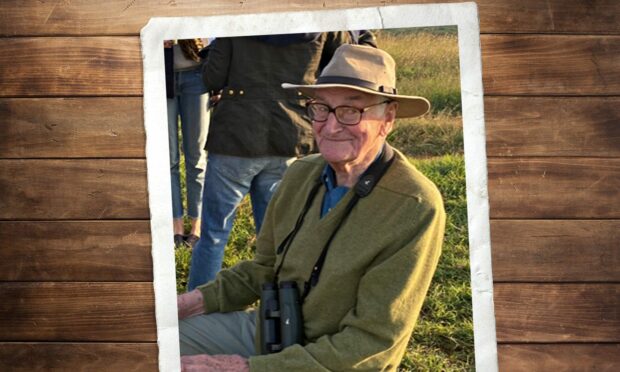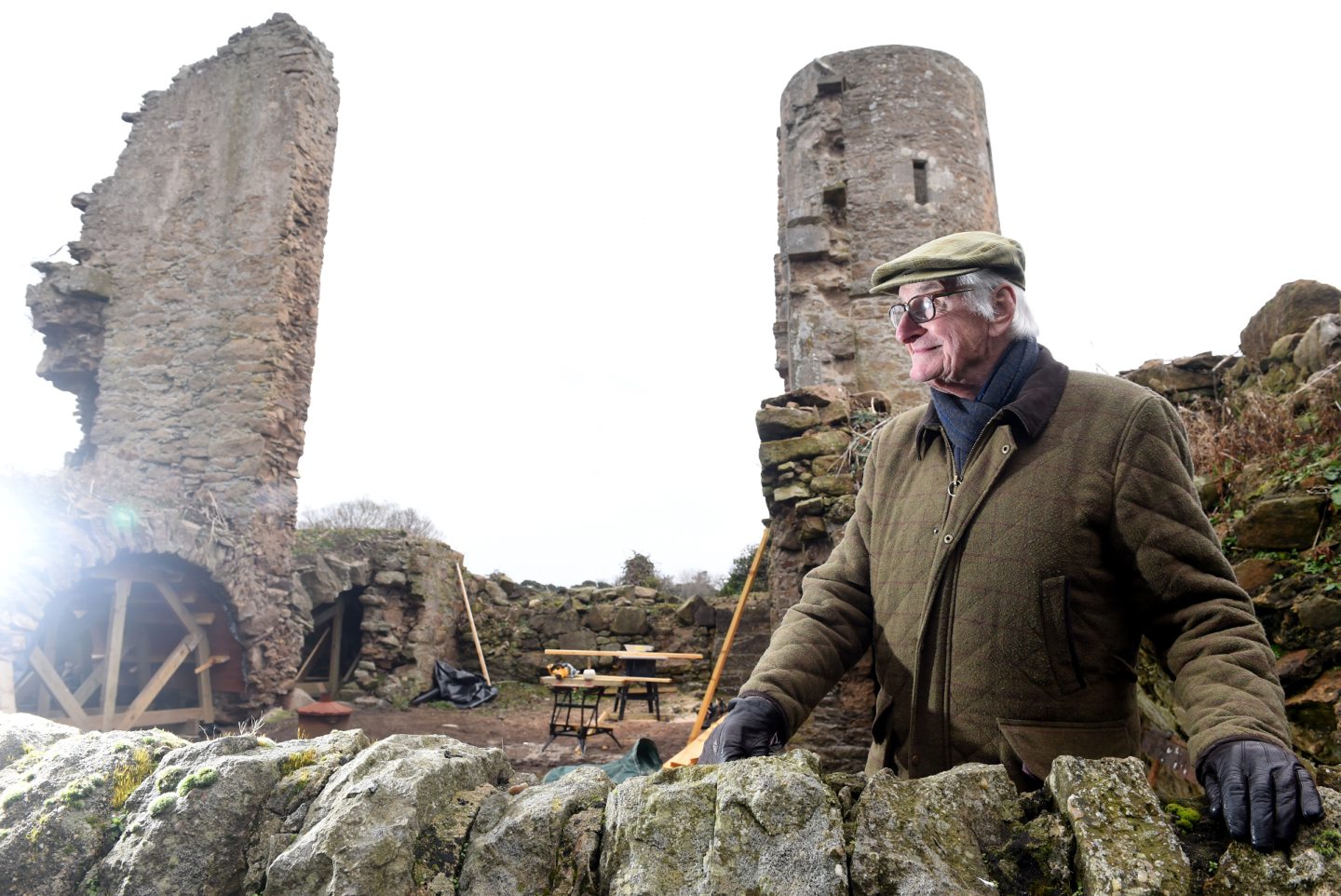Sir James Dunbar-Nasmith, the architect responsible for the design of Eden Court Theatre, Inverness, and Pitlochry Festival Theatre, has died aged 96.
His firm, Law & Dunbar-Nasmith had offices in Edinburgh, and Forres, where Sir James had his family roots.
Sir James also received commissions from the late Queen to design cottages on Balmoral Estate, was heavily involved in the design of Edinburgh airport and served a period as vice-chairman of Edinburgh International Festival.
He later served as head of architecture at Heriot-Watt University and Edinburgh College of Art.
Sir James was also an active campaigner against developments he believed would damage Edinburgh, including a proposed car park in Princes Street Gardens and a ring road cutting through the New Town.
Naval background
James Duncan Dunbar-Nasmith was born on March 15 1927 in the Royal Naval College, Dartmouth, where his father, Admiral Sir Martin Dunbar-Nasmith VC, was captain.
His mother came from Morayshire, and the family retained a home there, while moving every two years according to his father’s postings, which included London and Sri Lanka. His elder brother, David Arthur Dunbar-Nasmith, would follow their father into the Royal Navy.
Educated entirely in England, he attended Winchester College, where the decision of one of the masters to replace one term’s English classes with lessons on the history of the English house was to make a lasting impression on him.
He also credits his mother’s interest in buildings as a trigger for his own later desire to pursue a career in architecture.
Cambridge University
On leaving school he served in the army for three years before going to Cambridge to study architecture. Having graduated BA, he went on to study for two years at the School of Architecture, Edinburgh College of Art.
After passing the qualifying exam, he sought to stay in Edinburgh in order to be near his aging parents, who had by then settled back in Morayshire.
Not wishing to follow most of his contemporaries into the office of Basil Spence where he said “everybody went to work”, he decided to try to obtain a post in the burgeoning practice of Robert Hogg Matthew, who had been appointed first professor of architecture at Edinburgh University and head of the ECA School of Architecture during James’ final year at the college.
When the young architect knocked on Matthew’s door asking to work for him, he was met with the response: “I can’t afford you.” Asked whether he might be able to afford him in six months’ time, Matthew agreed to look through his portfolio and consider the possibility.
A few days later James returned and, finding that Matthew had been satisfied by the standard of his work, vowed to find employment in the city until such time as Matthew could take him on. This he did, in the office of Leslie Grahame Thomson, which he duly left after six months to enter Matthew’s firm in April 1954.
Edinburgh airport
He began with tea-making duties but soon joined the team working on the Edinburgh Turnhouse airport project on which he learned important lessons about construction standards.
In the mid 1950s, Graham Couper Law joined the practice and the two young architects struck up a friendship and productive working partnership.
In 1956, James worked on Suntrap House at Gogarbank in Edinburgh which proved a formative experience. The client, George Boyd Anderson, an early innovator in energy conservation, was demanding; the walls were double or triple-insulated and Anderson took hourly temperature readings from each window.
James was admitted ARIAS in 1955 and ARIBA in 1957, and he and Graham Law left the Matthew firm to go into partnership, with an office at 54 Frederick Street, Edinburgh.
Making a name
One of their first joint projects was for 45 houses on the Ochlochy Estate, Dunblane, where they were given a free hand in design.
The publicity from this project of elegant homes made their name and they soon received commissions including for alterations to a Hampshire house for Leo de Rothschild, cottages on Balmoral Estate and a series of schools.
In 1975 LDN opened an offices in Forres.
The firm became know for its theatre projects. It first altered the original Pitlochry Theatre (previously only a tent), and then went on to design the new Eden Court Theatre in Inverness in the mid-1970s.
As preparation, James Dunbar-Nasmith toured German opera houses and Graham Law toured those in America and Finland. This was followed by the new Pitlochry Festival Theatre at the end of the decade.
Education
By that time, most of the architectural work was being carried out by 0by Law, as James Dunbar-Nasmith had become increasingly involved with professional bodies and in education.
He taught at the Edinburgh College of Art from around 1960, and subsequently joined the RIAS Education Committee, the RIBA Board of Education (of which he was chairman), the RIBA Visiting Boards, the Commonwealth Board of Architecture Education, the Commonwealth Visiting Boards and the Ancient Monuments Board, which he chaired for a year.
He was appointed chairman of the Joint Building Group in Scotland in 1966, was head of the Edinburgh Architectural Association in the 1960s, and was involved in the Edinburgh New Town survey, as well as serving for some time on the Royal Commission and as a trustee of the Theatres Trust. Later, in 1995, he would become chairman of the Scottish Civic Trust.
In the late 1970s he followed his old boss Matthew as professor of Edinburgh University and head of the department of architecture at Heriot-Watt.
He realised the difficulty of teaching concepts of construction so he introduced the practice of taking first-year students to the south of England for the first fortnight of their first term, to camp or stay in a medieval barn where the structure was visible, in order to reach an understanding of the forces involved.
Knighthood
He was made a CBE in 1976. In 1983, the firm made moves to expand into Germany by acquiring a practice in Wiesbaden; this was to be closed after five or six years. Law retired in 1984 and Dunbar-Nasmith, who had shared a partners’ desk with him since the beginning, continued the practice until his own retirement around 2001. He was knighted in 1996.
In addition, Sir James was a very effective trustee of Kinloss Abbey Trust from its inception in 2003 and worked to preserve what is left of the building.
A private funeral was held for Sir James in Moray last month and a celebration of his life will take place in Edinburgh at a later date.
You can read the family’s announcement here.


Conversation